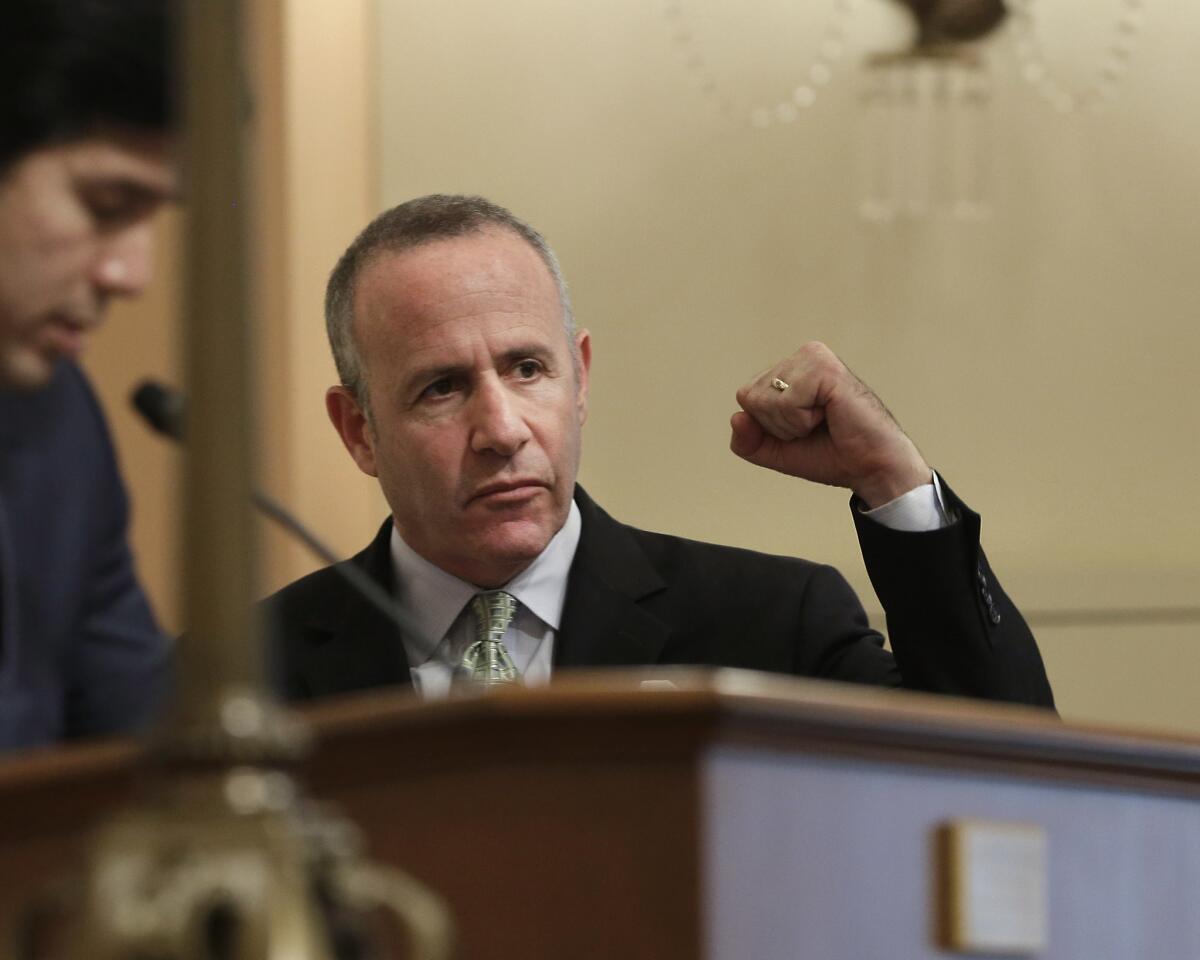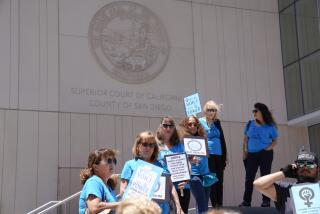Senate leader calls for GPS investigation after O.C. serial killings

SACRAMENTO -- The leader of the state Senate is seeking an investigation into how two sex offenders being monitored by parole agents and tracked by GPS devices were allegedly able to rape and murder four women without being detected.
The two sex offenders were wearing electronic monitoring devices and regularly reporting to police during a months-long string of slayings in Orange County. They were arrested soon after a woman’s naked body was found on a conveyor belt at a trash-sorting facility.
Senate leader Darrell Steinberg (D-Sacramento) said through his spokesman that while there’s evidence the devices are effective in solving crimes, the question of whether they prevent crime is something “we need to revisit.”
Steinberg seeks “an honest discussion as to whether the investment in these expensive programs is achieving what we’re told they’ll do,” said his aide, Rhys Williams.
California monitors more than 6,000 high-risk sex offenders and gang members on state parole with GPS systems -- a $63-million-a-year effort that is the largest electronic monitoring program in the nation.
There is no indication of whether there will be a similar investigation of the federal GPS probation system, which was tracking one of the registered sex offenders during a period last year when police say two of the women were killed.
More than 1,400 offenders are tracked under the national system.
Franc Cano and Steven Dean Gordon, both registered sex offenders, were arrested Friday on suspicion of raping and killing four women who vanished in central Orange County. All had a history of prostitution.
Both men were tracked by GPS on state parole at the time of two of the slayings. Cano remained under the watch of state parole, but Gordon was put on GPS monitoring by federal probation officers after he completed state parole in November 2013.
The third slaying allegedly occurred about three days later, apparently the same day a judge ordered Gordon, a transient, to remain on GPS monitoring “until acceptable housing is established.”
Cano and Gordon were on GPS systems run by different companies and that utilize computer systems that cannot easily be viewed together. Former state parole agents said that would make it difficult for those supervising Cano and Gordon to see when they were together, which might have raised warning flags.
California corrections officials refused to release any information on how Cano and Gordon were supervised, citing the active police investigation, and federal probation officials did not return calls.
But past investigations have found serious flaws in both state and federal GPS monitoring programs.
In 2013, a man awaiting trial in upstate New York on child pornography charges cut his federal GPS tracker off without triggering scrutiny by federal probation agents. The man then kidnapped a mother and child, raping the child and killing the mother.
The chief judge in that district released a confidential internal report that faulted the probation office, as well as other unidentified districts, for routinely disregarding GPS alerts.
In California, the inspector general’s office launched separate investigations, in 2009 after Phillip Garrido kidnapped and held a woman hostage for 18 years while on GPS and parole, and in 2010, after parolee John Gardner raped and killed two teenagers. His other crimes and violations while on parole and monitored by GPS had gone undetected, so he was not under supervision at the time of their deaths.
A year later, the inspector general’s office released a follow-up that noted the state parole department had not fully enacted six of the 14 recommendations from the Garrido review, including requiring agents to look at the GPS tracks of all offenders daily.
State corrections officials this week said all offenders’ GPS tracks are now reviewed at least five times a week and that many of the other recommendations have now been implemented.
In addition, a task force assembled by the corrections department in 2010 called on California to reduce the number of offenders that parole agents watch with electronic monitoring. The task force called for caseloads no higher than 20 offenders per agent.
Luis Patino, a spokesman for the California Department of Corrections and Rehabilitation, confirmed that state agents now carry an average 30 cases each, some higher.
[For the record, 9:30 p.m. PDT April 17: An earlier version of this post said John Gardner raped and killed two teenagers while he was being tracked on GPS. His other crimes and parole violations while he was being monitored by GPS had gone undetected, so he was not under supervision at the time of their deaths.]
More to Read
Sign up for Essential California
The most important California stories and recommendations in your inbox every morning.
You may occasionally receive promotional content from the Los Angeles Times.












